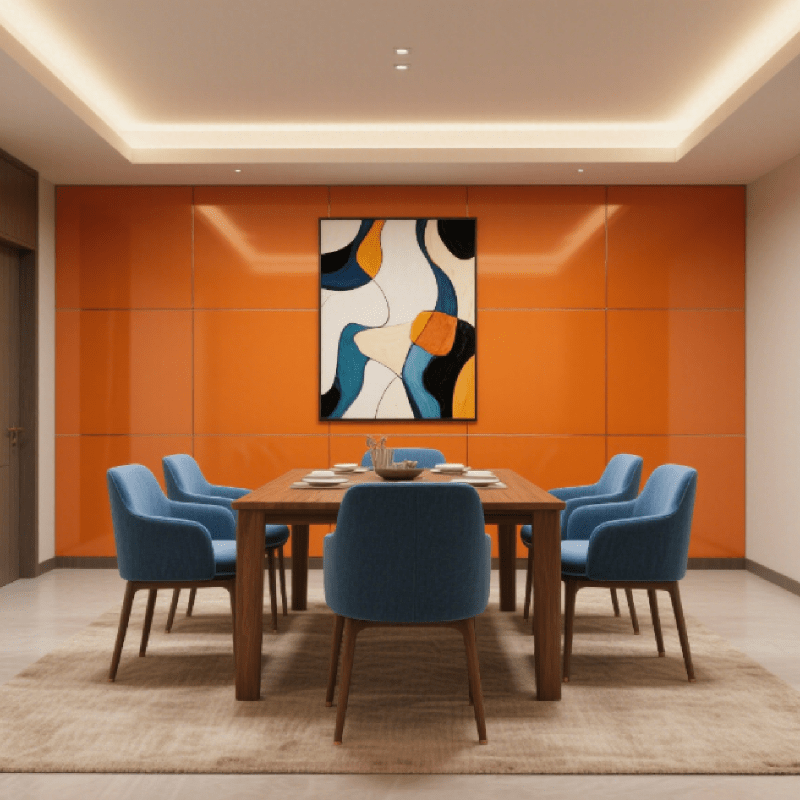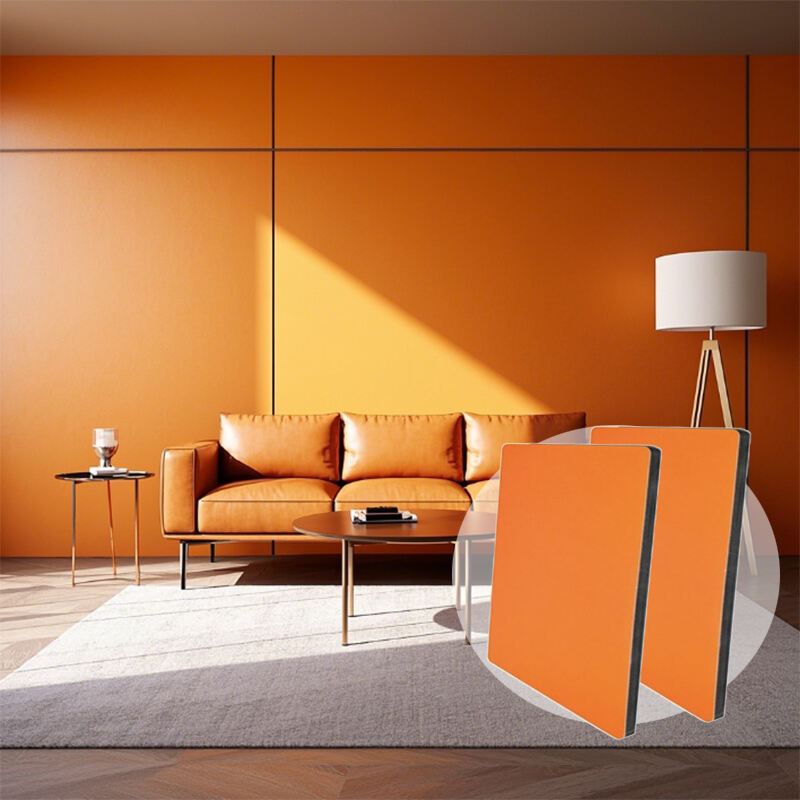Understanding the Critical Role of Fire Protection in Modern Construction
In today's construction landscape, safety measures have become increasingly sophisticated, with fire-resistant wall board emerging as a crucial component in building design and safety protocols. This innovative material has transformed how we approach fire safety in construction, offering a robust defense mechanism against the spread of flames while providing valuable time for evacuation during emergencies.
Fire-resistant wall board represents more than just a building material – it's a comprehensive safety solution that has become integral to modern construction practices. As urban developments become denser and buildings more complex, the importance of incorporating effective fire-resistant materials cannot be overstated.
The Science Behind Fire-Resistant Wall Board Technology
Core Components and Manufacturing Process
Fire-resistant wall board consists of a specially formulated gypsum core reinforced with glass fibers and other fire-retardant materials. The manufacturing process involves combining these elements under precise conditions to create panels that can withstand extreme temperatures while maintaining their structural integrity. The gypsum core contains chemically bound water that releases as steam when exposed to heat, effectively delaying the spread of fire.
Advanced manufacturing techniques ensure that fire-resistant wall board maintains its protective properties while remaining lightweight and easy to install. The incorporation of glass fibers helps prevent cracking and provides additional strength during fire exposure.
Performance Standards and Testing
Fire-resistant wall board undergoes rigorous testing to meet stringent safety standards. These tests evaluate the material's ability to maintain its integrity under various fire conditions, measuring factors such as temperature resistance, structural stability, and smoke emission. Different ratings indicate how long the board can withstand fire exposure, typically ranging from 30 minutes to four hours.
Testing procedures simulate real-world fire scenarios, ensuring that the wall board performs effectively in actual emergency situations. This includes exposure to both direct flames and intense heat, with measurements taken to assess both the material's fire resistance and its ability to prevent heat transfer.

Applications Across Different Building Types
Commercial and Industrial Buildings
In commercial settings, fire-resistant wall board plays a vital role in protecting valuable assets and ensuring business continuity. Office buildings, shopping centers, and warehouses particularly benefit from comprehensive fire protection systems that include these specialized boards. The material's ability to compartmentalize fire helps prevent its spread between different sections of the building, potentially saving millions in property damage.
Industrial facilities often handle hazardous materials or operate high-temperature equipment, making fire-resistant wall board an essential safety feature. These installations require carefully planned fire protection systems that can withstand extreme conditions while protecting both personnel and equipment.
Residential Applications
While residential buildings might seem less vulnerable to fire risks, statistics show that proper fire protection is equally crucial in homes. Fire-resistant wall board is particularly important in multi-family dwellings, where fire can spread rapidly between units. Modern apartment complexes and townhouses increasingly incorporate these materials as standard practice.
Even in single-family homes, strategic use of fire-resistant wall board in high-risk areas such as kitchens, furnace rooms, and garages can significantly enhance safety. The material's effectiveness in containing fires gives residents precious extra time to evacuate and helps protect neighboring properties.
Cost Considerations and Long-term Benefits
Initial Investment Analysis
The upfront cost of fire-resistant wall board typically exceeds that of standard drywall, leading some builders and property owners to question its necessity. However, this initial investment must be evaluated against the potential costs of fire damage and the value of enhanced safety. Insurance companies often offer reduced premiums for buildings with comprehensive fire protection systems, including fire-resistant wall board.
Installation costs should also factor in the specialized labor and additional time required for proper implementation. While these expenses may seem significant, they represent a fraction of the potential losses from fire damage in an unprotected building.
Long-term Economic Benefits
The durability and longevity of fire-resistant wall board often result in lower maintenance and replacement costs over time. These materials typically offer better resistance to everyday wear and tear, reducing the need for repairs. Additionally, buildings with comprehensive fire protection systems often command higher resale values and attract quality tenants who prioritize safety.
When considering the long-term economic impact, the installation of fire-resistant wall board can be viewed as an investment in property protection and risk management. The potential savings from prevented fire damage and reduced insurance costs often outweigh the initial installation expenses.
Frequently Asked Questions
How does fire-resistant wall board differ from standard drywall?
Fire-resistant wall board contains special additives and glass fibers in its gypsum core that enhance its ability to withstand high temperatures and maintain structural integrity during fires. Unlike standard drywall, it's specifically engineered to delay the spread of flames and provide additional evacuation time during emergencies.
What is the typical lifespan of fire-resistant wall board?
When properly installed and maintained, fire-resistant wall board can last the lifetime of the building, typically 30-50 years. However, it should be inspected regularly for damage and replaced if compromised by water exposure or physical impact.
Can fire-resistant wall board be painted or decorated?
Yes, fire-resistant wall board can be finished just like regular drywall. It accepts paint, wallpaper, and other decorative treatments without losing its fire-resistant properties. However, it's important to use appropriate primers and follow manufacturer guidelines for surface preparation.

